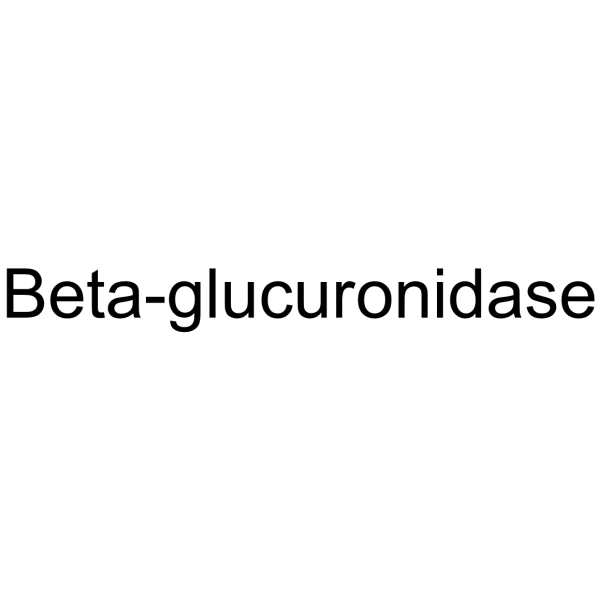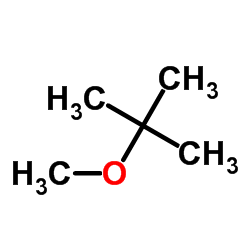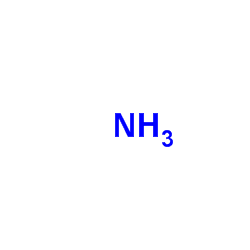| Structure | Name/CAS No. | Articles |
|---|---|---|
 |
Sodium hydroxide
CAS:1310-73-2 |
|
 |
Methanol
CAS:67-56-1 |
|
 |
Aqueous ammonia
CAS:1336-21-6 |
|
 |
3-Ethyl-2,4-pentanedione
CAS:1540-34-7 |
|
 |
β-Glucuronidase from bovine liver
CAS:9001-45-0 |
|
 |
Citric Acid
CAS:77-92-9 |
|
 |
Methyl tert-butyl ether
CAS:1634-04-4 |
|
 |
Ammonia
CAS:7664-41-7 |
|
 |
AMMONIA (14N)
CAS:1026405-88-8 |
|
 |
UNII:TF4710DNP9
CAS:5094-24-6 |